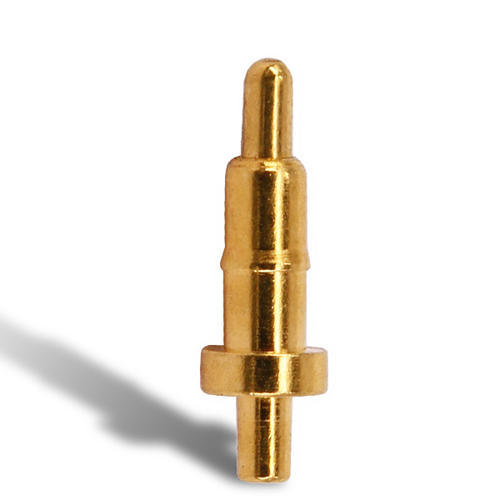Time:2025-08-16 Views:1 source:News

Automated test fixtures rely heavily on Pogo Pins as critical components for establishing reliable electrical connections during high-volume manufacturing testing. These spring-loaded pins serve as the interface between the test fixture and the device under test (DUT), ensuring consistent contact even as components undergo thousands of test cycles.
Pogo Pins used in automated test fixtures are engineered for durability, with a typical lifespan exceeding 100,000 insertions. This longevity is achieved through the use of high-quality materials such as beryllium copper for the pin shaft, which offers excellent conductivity and spring properties, and a gold or nickel plating to minimize corrosion and reduce contact resistance. The spring mechanism, often made from stainless steel, provides a consistent force (ranging from 50g to 300g) to maintain contact without damaging delicate DUT pads or solder joints.
Precision is another key attribute. These Pogo Pins are manufactured with tight tolerances on diameter (usually 0.5mm to 3mm) and tip geometry, which can be conical, chisel, or cup-shaped depending on the application. This ensures alignment with the DUT's contact points, even when there are minor positional variations due to manufacturing tolerances. The pins are often arranged in custom arrays, matching the layout of the DUT's test points, to enable simultaneous testing of multiple electrical parameters such as voltage, current, and signal integrity.
Integration into automated test fixtures involves mounting the Pogo Pins in rigid holders or PCBs, with their tails soldered to the test fixture's circuitry. This allows for quick replacement of individual pins if they wear out, reducing maintenance downtime. Many modern fixtures also incorporate Pogo Pins with built-in shielding to minimize electromagnetic interference (EMI), which is crucial for testing high-frequency devices like microprocessors or RF modules.
The use of Pogo Pins in automated test fixtures significantly improves testing efficiency by enabling fast, repeatable connections. They eliminate the need for manual probing, reducing human error and increasing throughput in production lines. Whether used in consumer electronics, automotive components, or industrial sensors, these Pogo Pins ensure that each DUT is thoroughly tested, helping manufacturers maintain quality standards and reduce the risk of defective products reaching the market.
Read recommendations:
Magnetic connector manufacturer
National standard socket five-piece set